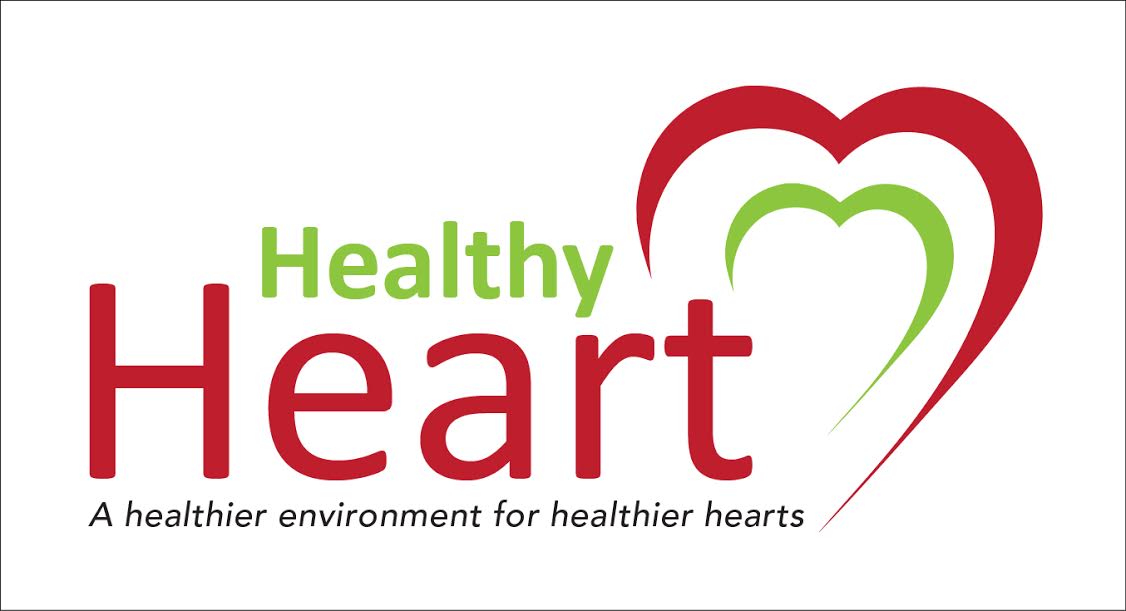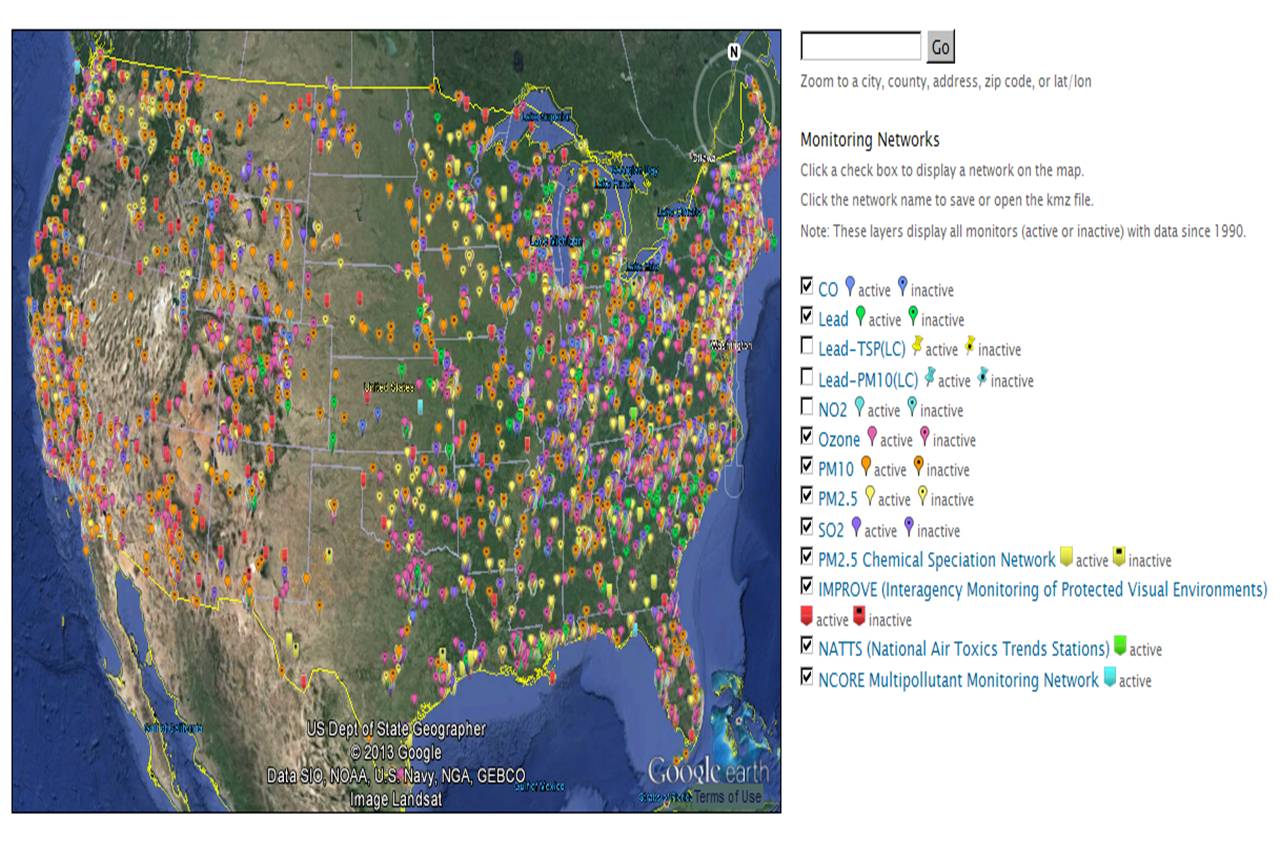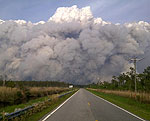This Spring, Show How You Care About the Air
By Jenny Noonan
What do our kids need to know about air quality? How can we teach them about the links between health and air pollution? With a pre-kindergartener and a 3rd grader at home, my husband and I are always looking for ways to engage them about the fragility and resilience of the natural world. My job at EPA helps me do that and Asthma Awareness Month and Air Quality Awareness Week (May 2-6, 2016) give me a focus each spring.
This year’s Air Quality Awareness Week theme, Show How You Care About the Air, is a great opportunity to take to social media to share the importance of clean air to my family and yours.
For 10 years, we have sought out state and local partnerships to raise awareness about the connections between air quality and health. We’re highlighting events sponsored by our partners on our website. Show How You Care About the Air is a coordinated theme with a special focus each day of the week, including:
Monday, May 2 Highlighting State and Local Events
Tuesday, May 3 Asthma and Air Quality (World Asthma Day)
Wednesday, May 4 Air Quality Around the World
Thursday, May 5 Air Quality Trends
Friday, May 6 Citizen Science
As part of Asthma Awareness Month, we will be sponsoring two Twitter chats to increase awareness. The first will discuss topics such as the environmental triggers of asthma – both indoors and out – and how you can develop a personal asthma plan to help manage these triggers. You can follow along or participate in this chat, co-sponsored with the Centers for Disease Control and Prevention (CDC) on May 3, from 2-3 pm by following #AsthmaChat, or leave a question below.
We will also be hosting a Twitter chat with CDC on air quality issues on May 5, from 1-2 pm. This chat will talk about topics like the impacts of air pollution on human health, and how you can use air quality tools to reduce your exposure to pollution. Join the conversation at #AirQualityChat, or leave a question below.
Finally, everyone has an opportunity to take a selfie or other photo showing how you care about the air during Air Quality Awareness Week 2016 and share it on the AirNow Facebook page.












 Each week we write about the science behind environmental protection.
Each week we write about the science behind environmental protection.  The
The 
 EPA researcher
EPA researcher